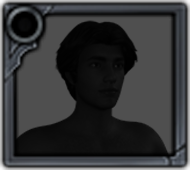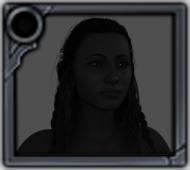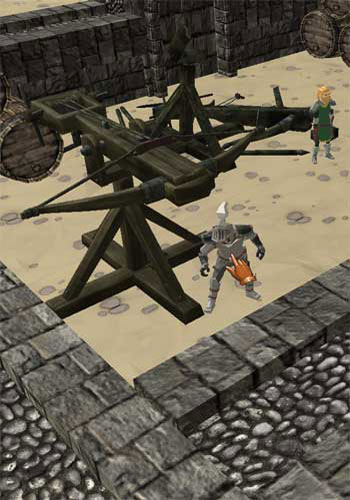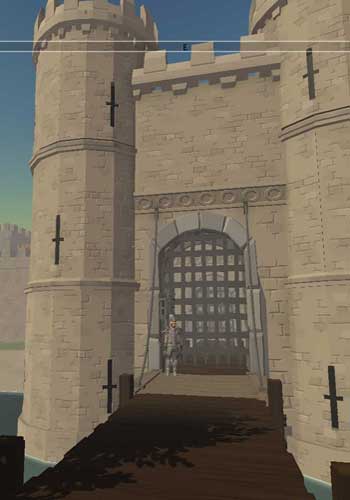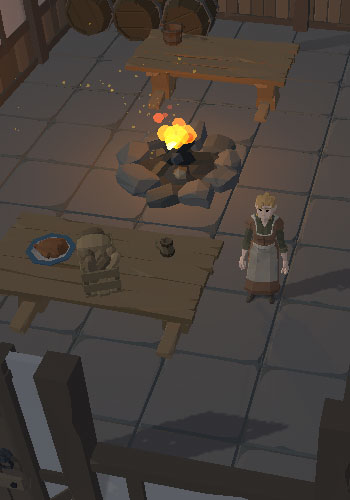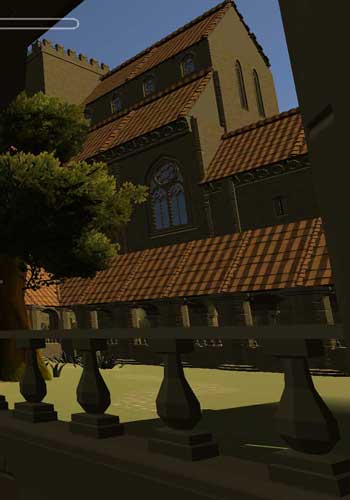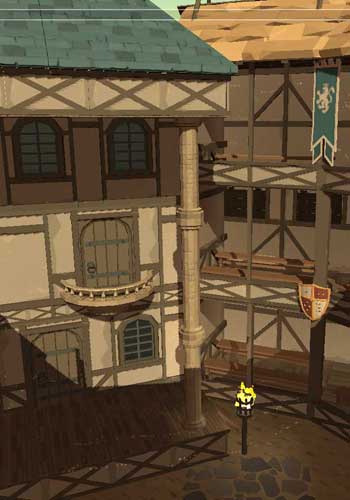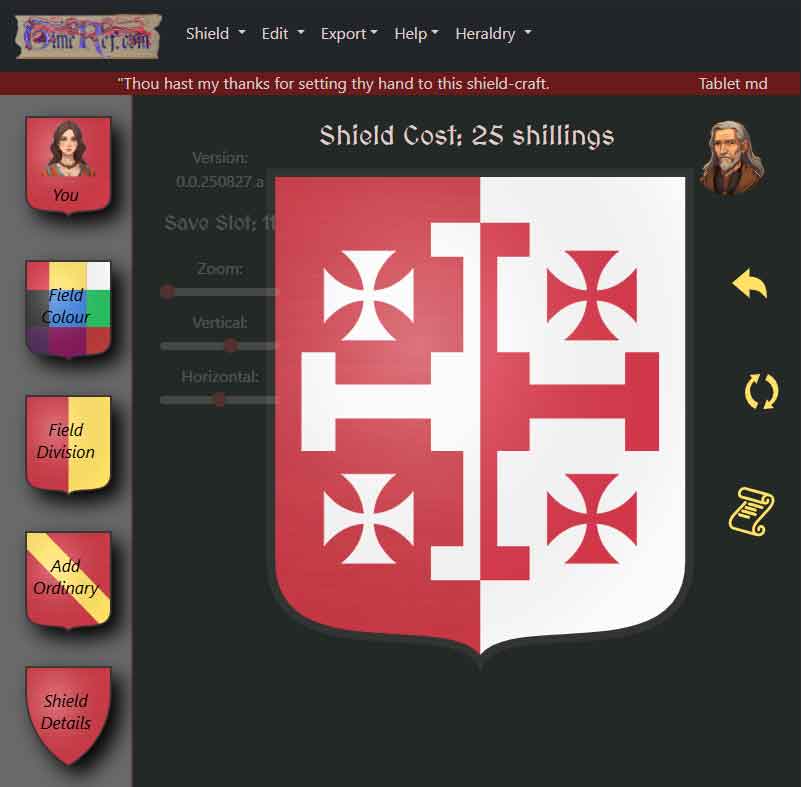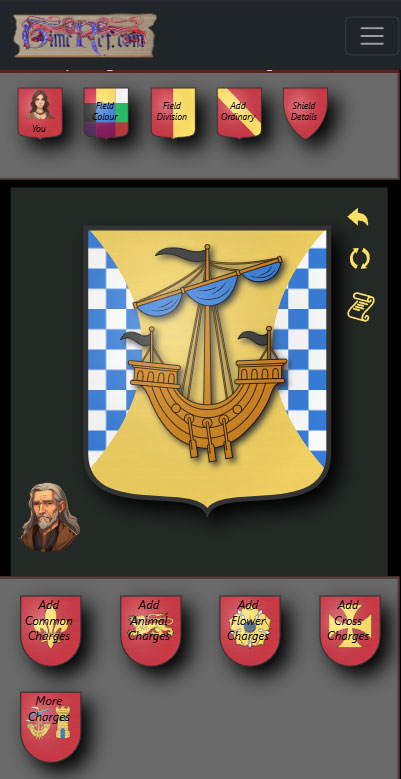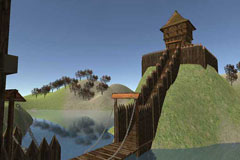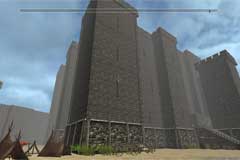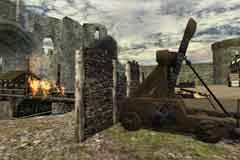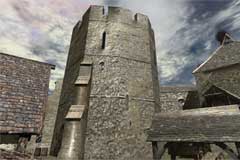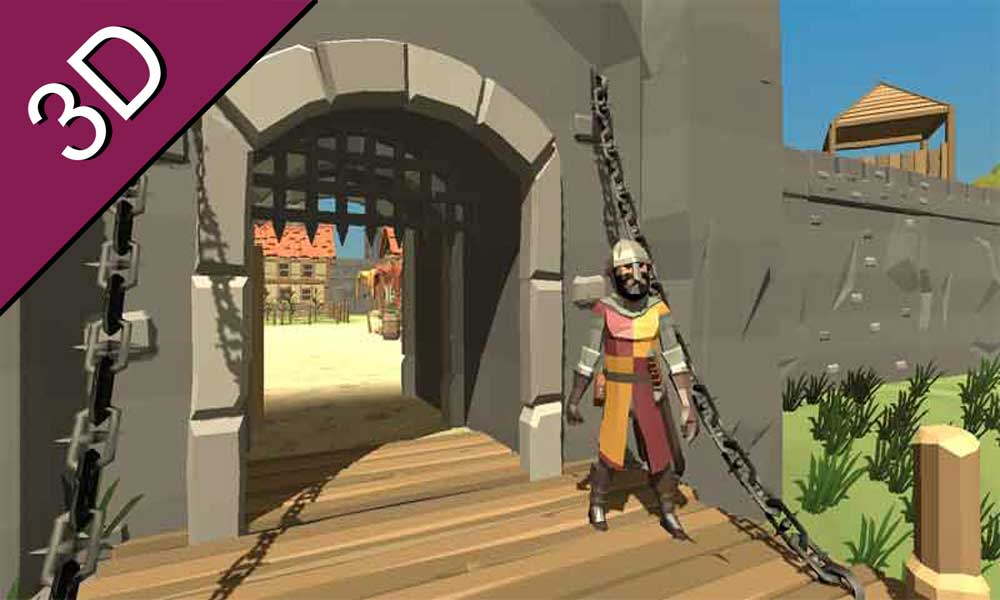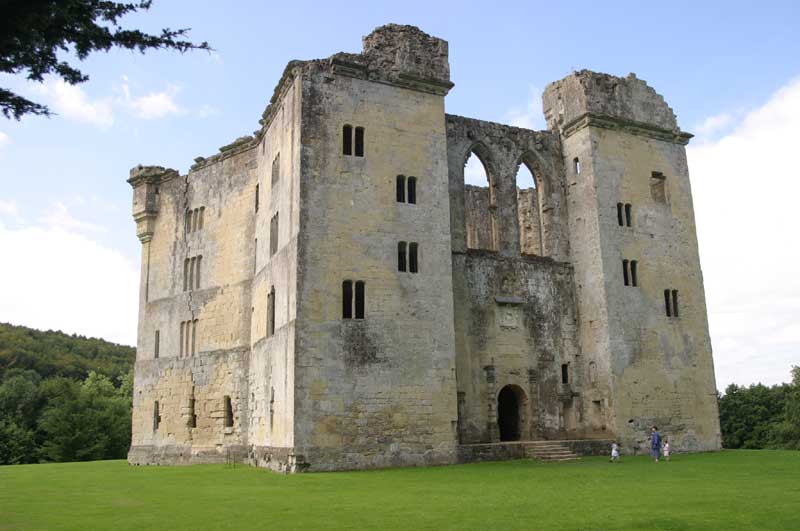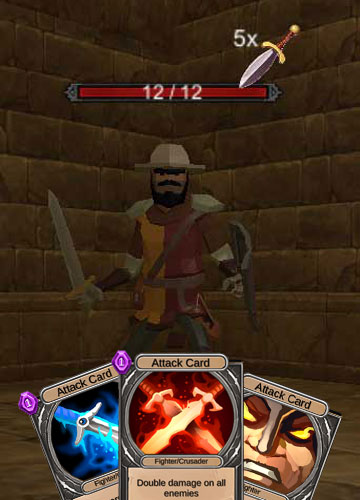 dward was born on April 28th in Rouen in Normandy. His father was Richard Duke of York, the great-grandson of King Edward III. In 1447 Richard's chance of becoming the next king of England increased when the uncle of Henry VI, the Duke of Gloucester died without any heirs. At this time King Henry VI was the last surviving male heir in the direct line of Lancaster and if he also died without a male heir, Richard would be the next in line in the line of male heirs. There was a nearer male heir, Henry Holland, but he was a descendant from Elizabeth a daughter of John of Gaunt. Another claimant to the throne was Edmund Beaufort, the Duke of Somerset, who was the grandson of John of Gaunt and his mistress Catherine Swynford, but Parliament passed a law to prevent a Beaufort becoming king. It is possible that Richard's (Edward IV's father) claim to the throne was better than the current king (Henry VI) if the royal line could pass via a female. This is because Richard's mother (Anne) was the great-granddaughter of Lionel, the second son of Edward III, where as Henry VI was descended from John of Gaunt, the third son of Edward III. (It is best to look at a family tree at this point from Edward III to see what's going on.) Richard was acting as Henry VI's lieutenant-general in France at the time.
dward was born on April 28th in Rouen in Normandy. His father was Richard Duke of York, the great-grandson of King Edward III. In 1447 Richard's chance of becoming the next king of England increased when the uncle of Henry VI, the Duke of Gloucester died without any heirs. At this time King Henry VI was the last surviving male heir in the direct line of Lancaster and if he also died without a male heir, Richard would be the next in line in the line of male heirs. There was a nearer male heir, Henry Holland, but he was a descendant from Elizabeth a daughter of John of Gaunt. Another claimant to the throne was Edmund Beaufort, the Duke of Somerset, who was the grandson of John of Gaunt and his mistress Catherine Swynford, but Parliament passed a law to prevent a Beaufort becoming king. It is possible that Richard's (Edward IV's father) claim to the throne was better than the current king (Henry VI) if the royal line could pass via a female. This is because Richard's mother (Anne) was the great-granddaughter of Lionel, the second son of Edward III, where as Henry VI was descended from John of Gaunt, the third son of Edward III. (It is best to look at a family tree at this point from Edward III to see what's going on.) Richard was acting as Henry VI's lieutenant-general in France at the time. An overview of the soldier king's reign by Dorothy Davies.
Edward Plantagenet was born on the 22nd April 1442, the oldest surviving child of Dame Cecily and Richard duke of York. Two earlier children had been born to the couple, a son, Henry, who had died, and a daughter Anne, who survived. He grew up in Ludlow, at the fortified castle owned by his father. It was from Ludlow that the duke of York, Edward, by then Earl of March, his brother Edmund, by then Earl of Rutland, together with Lord Salisbury and the Earl of Warwick, fled from the approaching Lancastrian army, which had been bolstered by a defection of one of the Duke of York's most trusted advisors, along with a good many men. The only 'defence' at that time was to leave, which they did. Dame Cecily and her two sons, George and Richard, were left to face the 'enemy' and be captured. The duke of York went to Ireland, Edward, Lord Salisbury and the Earl of Warwick went to Calais.
When the duke of York returned to England, he came in style and determination, to claim the throne of England for himself, citing his blood line as his credentials. Unfortunately his claim failed and he was instead made Lord Protector until such time as the mentally unstable king, Henry VI, should die. The Lancastrian army was still causing problems and in December 1460 the duke of York, with his second son Edmund and Lord Salisbury, set out for Yorkshire. Edward was given his first command, in the Welsh Marches. The battle of Wakefield, which was fought just after Christmas, claimed the lives of both the duke and Edmund, earl of Rutland. Edward was left with the terrifying memory of the heads of his father and brother being put on spikes, his father's head crowned with paper crown to signify his attempt at claiming the throne.
From that moment on, a warrior king was in the making. This started with the battle of Mortimers Cross, when the freak atmospheric condition gave the Yorkist soldiers a perihelion, a vision of triple suns, a sign Edward took for his standard in later battles. Victory went to the Yorkists. By this time Edward was a giant of a man at well over 6 ft, with tremendous fighting abilities and more than that, a determination that no matter what, his father's death would be avenged and the House of York would regain its premier position as England's leading family. On 4th March 1461 he was pronounced King of England at St Paul's Cathedral, having successfully marched into the capital just a few days earlier.
But his fighting was not yet done, there was a major battle ahead, one which was fought at Towton. It gained the reputation of being England's bloodiest battle, with many arguments over how many died going on to this day. What did matter was the decisive Yorkist victory and for a time there was relative peace in the country. In 1464 Edward met and married the impoverished widowed daughter, Elizabeth, the eldest child of Sir Richard Woodville and Jacquetta of Luxemburg, Dowager Duchess of Bedford. This marriage, which was carried out in secret, did two things. It enraged the Earl of Warwick who had plans for a continental marriage and a dynasty that would unite two countries and it elevated a family whose unpopularity was to cause problems for many years to come. Clashes with the Earl of Warwick and the defection of his brother George, by then the duke of Clarence, resulted first in Edward being captured and held prisoner by the Earl of Warwick, and eventually causing Edward to flee the country, taking his brother Richard of Gloucester, Lord Hastings, Earl Rivers and several others with him.
For a time Henry VI was restored to the throne and Edward began a period of exile. It did not last long. With the help of aristocrats in Europe, money was found to fit out ships and when the weather conditions permitted, they again set sail for England. Some ships were lost, but Edward landed safely in Yorkshire, his brother and Earl Rivers also landed safely a few miles down the coast. They met up and began a march which would eventually take them all the way to London. There were devious doings along the way to gain entrance to York and other great cities but Edward was ever the scheming diplomat and he soon found his way around the problem. He gathered many men to his cause and quite simply marched on the capital and claimed the throne again. Rebellion continued and another battle ensued, this one at Barnet, where the Earl of Warwick was killed. This seemed to end the troubles in England for a time.
Edward was, despite his taxation laws and a few other problems, a popular king. His wife Elizabeth presented him with many children, including two sons, Edward Prince of Wales and Richard duke of York, the Princes whose disappearance was later to haunt a future king's reign and reputation. The one episode which marred the remainder of his reign was his decision to have his brother George, duke of Clarence, imprisoned and finally executed on the grounds of treason. Edward IV died in April 1483 when he was just 41 years old. He had become ill during the winter and succumbed to what was generally said to be a tertian fever, although a poisoning rumour did do the rounds. He made his brother Richard of Gloucester Protector during Edward V's minority. At the time no one knew of Edward's alleged pre-contract of marriage which invalidated the new young King's claim to the throne by making him illegitimate. And so the stage was set for another twist in English history, one that has divided and baffled historians to the present day.





